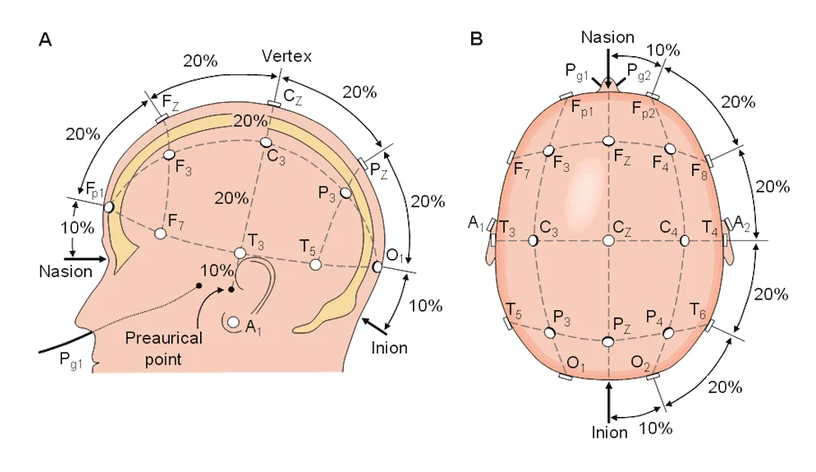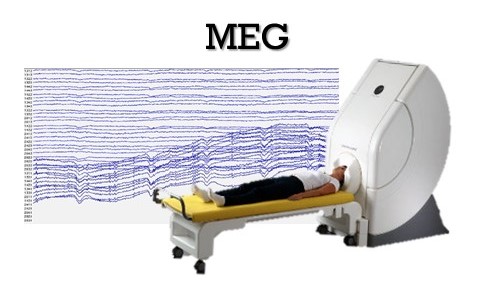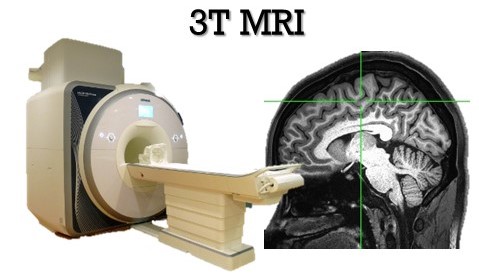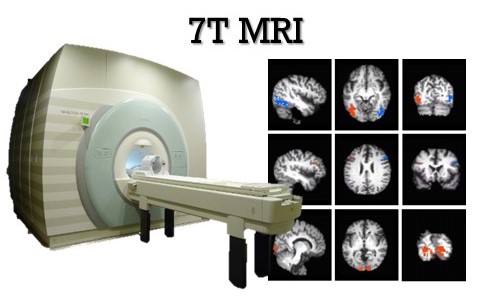Research Methods
Comprehensive Assessment of Symptoms and Dimensions of Psychopathology:
Research participants complete comprehensive clinical interview and questionnaire-based assessments of their experiences. This information is used to inform investigations about the associations between mental health diagnoses and laboratory measures. Furthermore, CAB Lab personnel have a strong interest in exploring how dimensional characterizations of symptom severity can reveal additional relationships with biological systems often not apparent when examining categorical diagnoses in isolation.
Computer-based Measurement of Cognition:
Participants complete comprehensive computer-based task batteries designed to assess cognitive performance with a high degree of timing precision. These experimental protocols assess a variety of domains such as visual perception, attention, memory, problem solving, and emotion.
High Density EEG Recordings at Rest and During Cognitive Tasks:
The CAB Lab has an extensive history using electroencephalography (EEG) to study the neurophysiological alterations associated with psychopathology. EEG recordings are taken while participants sit and rest, and while they take part in computer-based cognitive tasks. High-density 128-electrode recording systems allow for rich characterizations brain electrical activity (i.e., “brain waves”) related to thinking, behavior, and mental health.
Magneto-Encephalography (MEG):
Like EEG, MEG recordings generate rich descriptions of the magnetic fields of the brain while research participants are at rest and when performing cognitive tasks. Magnetic fields tend to be less distorted by the skull than electrical currents recorded through EEG. The Brain Sciences Center at the Minneapolis VA HCS houses the MEG machine used in CAB Lab studies.
High-Field (3T and 7T) Magnetic Resonance Imaging:
With collaborators at the Center for Magnetic Resonance Research at the University of Minnesota, CAB Lab studies gather state-of-the-art brain scans that are used to provide sophisticated descriptions of brain structure and function.
Genome-Wide Analysis of Genetic Variation:
Through work with the Genomics Center at the University of Minnesota, some CAB Lab studies characterize genetic variation across participants to better understand how brain functions relate to the genome.
Advanced Processing of EEG and MEG Signals from the Brain:
CAB Lab utilizes advanced signal processing procedures to analyze EEG and MEG recordings. For example, time-frequency analysis of signal power and phase is used extensively to generate rich depictions of complex brain oscillations. This allows for a more complete characterization of the temporal dynamics of brain networks relevant for mental illness. Through the efforts of CAB personnel, including extensive efforts by current collaborator and past staff member Dr. Seung Suk Kang, custom MATLAB-based preprocessing software has been developed to support these analyses.
A draft user manual for ICAcleanEEG (v1.3) can be found here (updated 02/04/2020). Potential users of ICAcleanEEG are given a step-by-step guide of how to apply the techniques in the MATLAB environment. We have also supplemented this with information about best practices in ICA classification gained through countless hours of preprocessing EEG recordings by multiple people. Understanding and adopting these principles is important for maintaining methodological consistency across projects in the CAB Lab and maximizing the potential quality of post-processed recordings. We hope these materials will be useful for people beginning their research with EEG using ICAcleanEEG.





